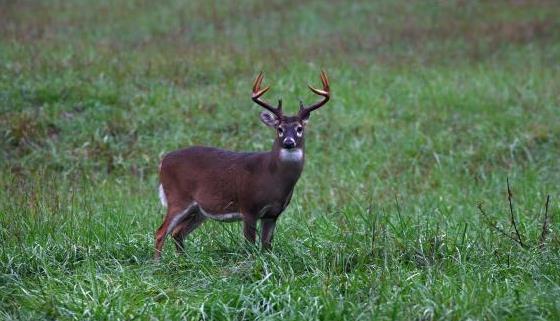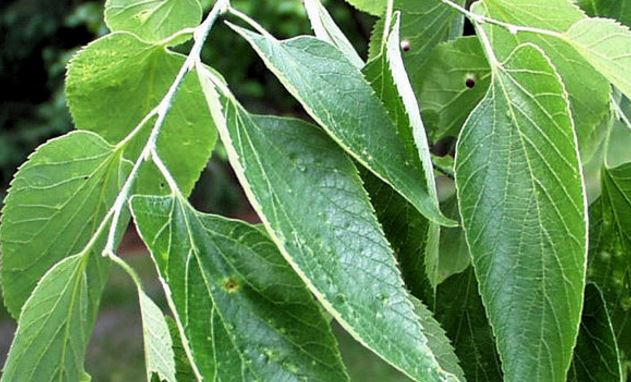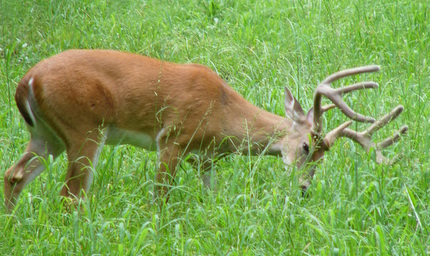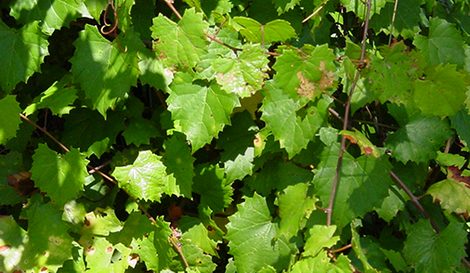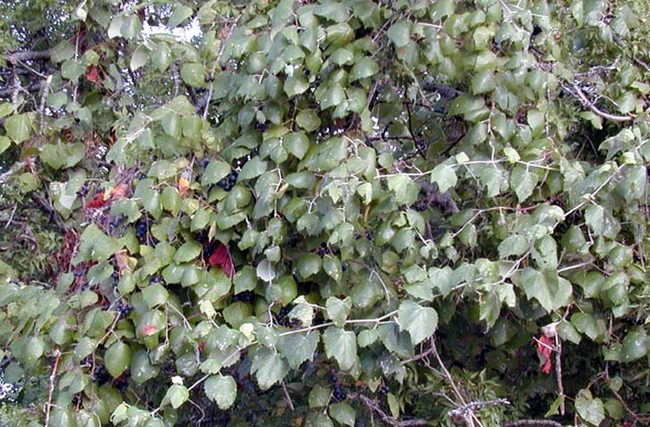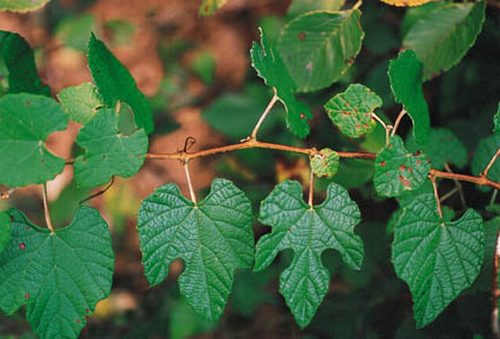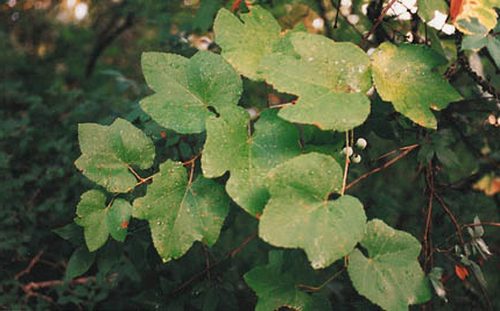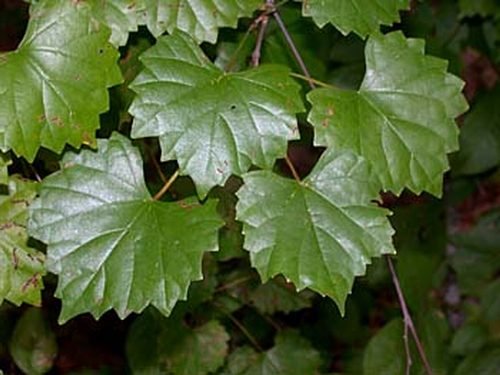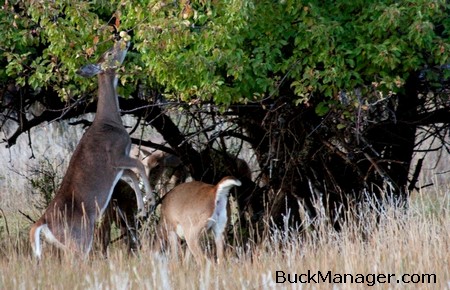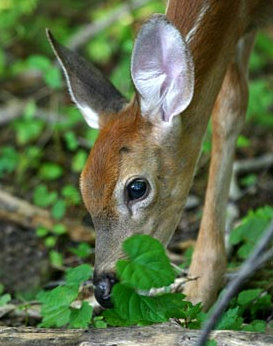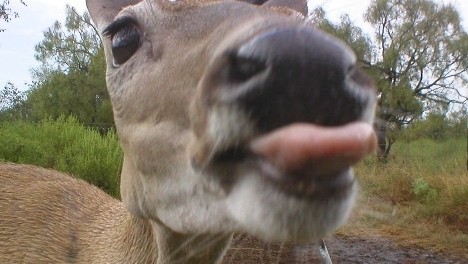
White-tailed deer are primarily browsers. They typically eat very little grass, with most studies estimating grass comprising no more than 7 to 9% of a deer’s diet in any season. Browse consumption is important to deer, but learning to read browse utilization can be important to your overall deer management program. Browse is defined as the leaves, twigs, and buds of woody plants. Browse is the bread and butter of a white-tailed deer’s diet on almost every landscape, but the importance of browse becomes particularly important during the winter months.
Why? Well, winter is the most nutritionally stressful time of the year for deer. Not only does a deer require massive amounts of energy to regulate its body temperature during the coldest part of the year, but food in many cases is not readily available. This is especially true at northern latitudes where extreme winter conditions prevail. In the southern part of the white-tailed deer’s range, winter temperatures are simply mild inconveniences. However, prolonged periods of cold weather at southern latitudes can take its toll on deer populations in this area simply because deer densities are higher. There may be more browse in southern forests, but there are also more deer! Continue reading “Winter Deer Browse Gets More Important as Temps Fall”
